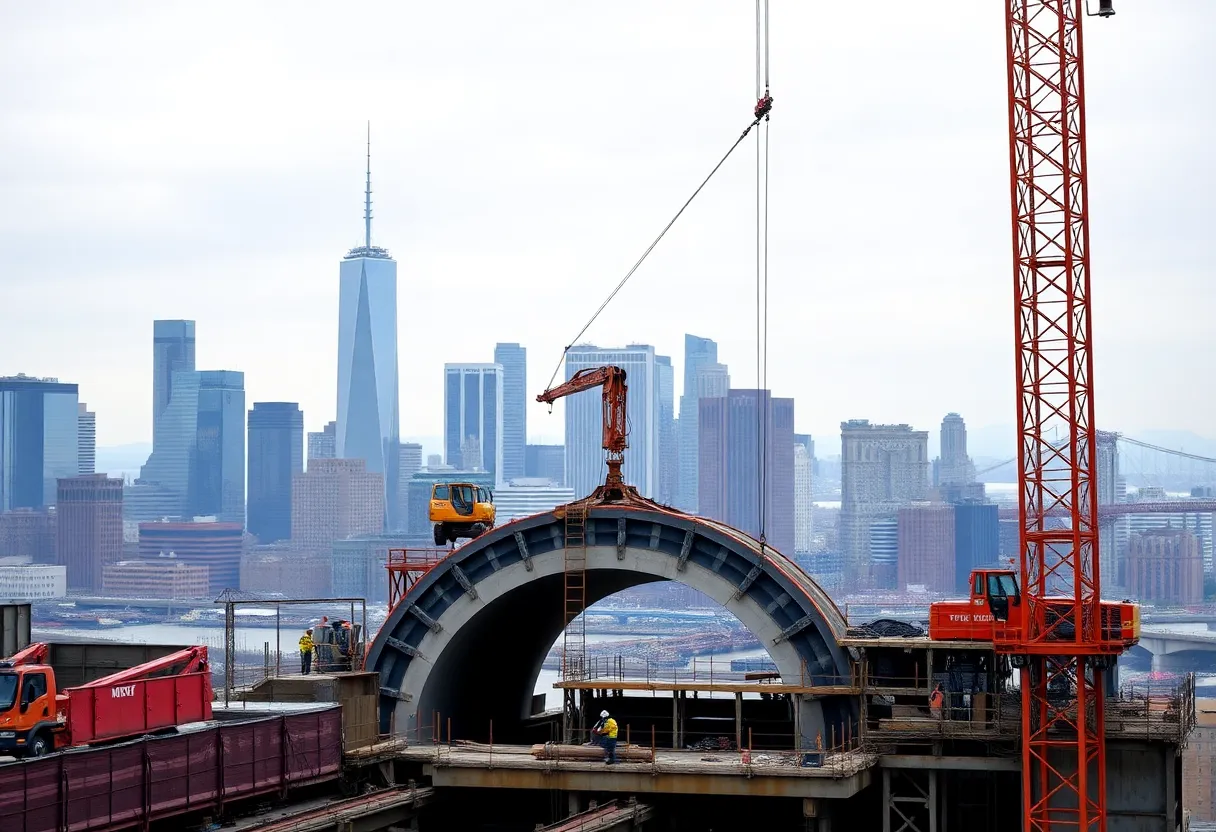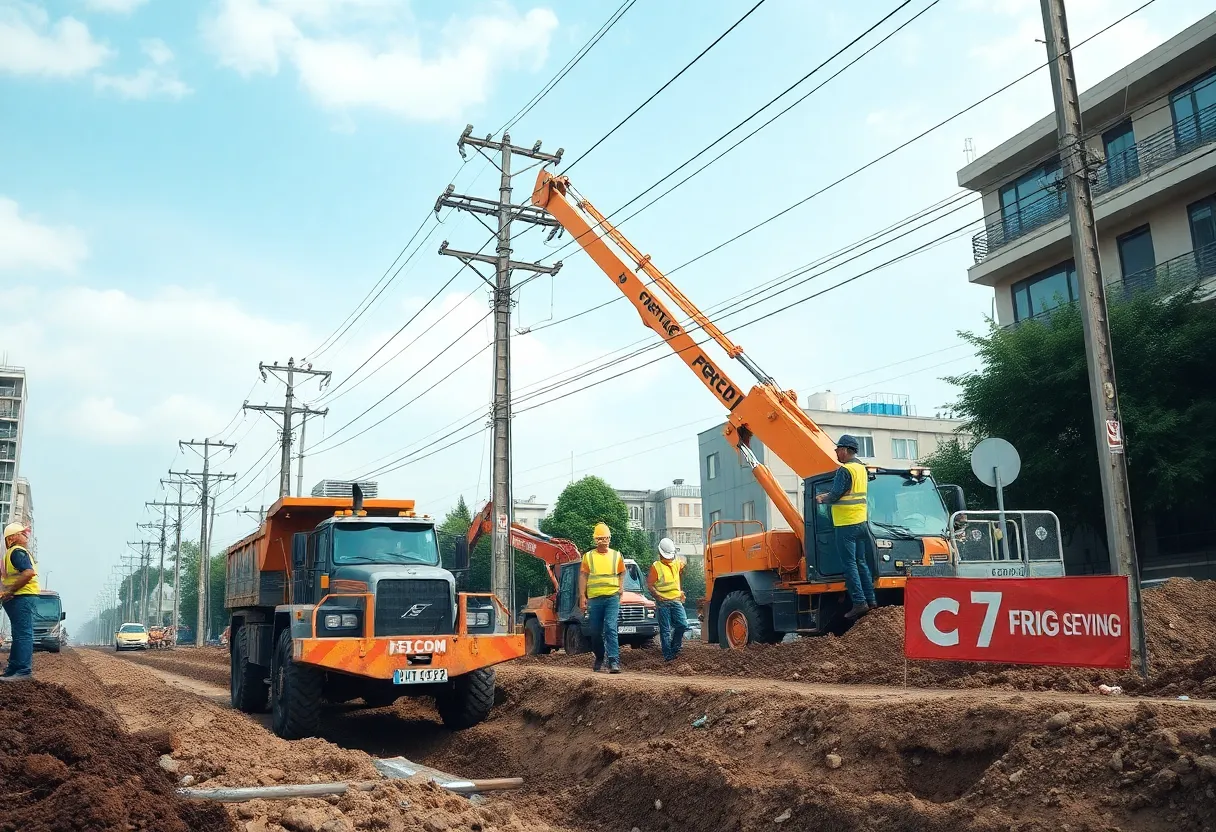News Summary
On July 4, 2025, softwood lumber prices in the U.S. remained at $422 per 1,000 board feet, reflecting ongoing market challenges. Despite a slight monthly decline of 3.7%, prices remain 15.3% higher than last year. The availability of lumber has fallen to its lowest level since 2019, impacting home construction costs. Factors such as fluctuating demand, tariffs, and supply chain issues continue to influence lumber prices, pressing homebuilders and consumers as the market evolves.
U.S. Softwood Lumber Prices Steady Amid Supply Challenges
The price of softwood lumber in the United States has remained stable as of July 4, 2025, at $422 per 1,000 board feet, marking the lowest rate observed since October 2024. This comes as the market grapples with supply challenges, increased tariffs, and ongoing debates surrounding the lumber industry’s future.
Softwood lumber prices have decreased by 3.7% over the past month, though they are still 15.3% higher compared to one year ago. This current pricing landscape reflects a mix of factors including heightened demand, supply chain bottlenecks, and a significant drop in available lumber for U.S. consumption. The latest data indicates that lumber availability has reached its lowest point since 2019, complicating the challenges faced by builders and consumers alike.
Market Insights and Supply Issues
The National Association of Home Builders (NAHB) frequently monitors lumber prices and futures, understanding that these dynamics heavily influence the housing market. Weekly updates sourced from the Random Lengths framing lumber composite price showcase trends from crucial manufacturing regions in both the U.S. and Canada. These fluctuations have been fueled by rising tariffs, insufficient domestic production, and the growing complexities in the lumber supply chain.
NAHB has taken note of these conditions and has suggested various strategies to counteract rising lumber prices. In new home construction, multiple materials like plywood, OSB (oriented strand board), particleboard, and fiberboard significantly influence overall costs. For example, the average new single-family home requires more than 2,200 square feet of softwood plywood, 6,800 square feet of OSB, and roughly 15,000 board feet of framing lumber.
Impact on Home Pricing and Construction
As a substantial input material for manufactured products in residential construction—such as cabinets, windows, doors, and trusses—softwood lumber is integral to the building process. Consequently, fluctuations in lumber prices can lead to increased home prices, often around 15% above builders’ costs, influenced by factors such as construction loan interest and broker fees. Builders typically experience a delay in benefiting from relief offered through lower lumber prices, as these adjustments are only seen after significant duration of price drops.
Several variables can impact the speed at which price decreases are passed along to builders, including the size of construction firms and their associated suppliers. Generally, builders face a more immediate impact from increases in lumber prices than they do from subsequent decreases. Retailers also possess less negotiating power than wholesalers, leading to disparities in how price fluctuations are absorbed across the industry.
Producer Price Index and Future Trends
The U.S. Producer Price Index (PPI) for Lumber and Wood Products reported an increase to 262.5 points in July, reflecting a modest gain of 0.19% from the previous month. Following a period that saw subdued prices, the stabilization of raw log and pulpwood pricing signals a cautious forward momentum in the market. However, prices remain elevated compared to levels seen before the pandemic, indicating ongoing inflationary pressures within forestry metrics.
In the trading arena, CME lumber futures witnessed a notable leap to USD 667.5, representing a 9.16% increase in a single trading day and a total upswing of 20.92% since the start of 2025. Factors driving this surge include the anticipation of increased seasonal construction activity and ongoing supply challenges in North America.
Import Dynamics and Housing Market Trends
Canadian softwood lumber accounts for approximately 85% of U.S. lumber imports, supplying nearly 25% of total U.S. demand, yet currently faces a 14.5% anti-dumping and anti-subsidy duty. Disputed interpretations of market trends exist between different industry factions, with the NAHB linking housing market obstacles to lumber price swings and tariff uncertainties. Conversely, the US Lumber Coalition attributes housing affordability issues to broader economic factors, such as regulatory costs and land pricing.
Recent federal data indicates a downturn in single-family housing starts as of April, highlighting the complex relationship between lumber pricing and overall housing market performance. As such, stakeholders in the construction sector remain vigilant and adaptive in the face of these evolving pricing dynamics.
Deeper Dive: News & Info About This Topic
Additional Resources
- LBM Journal: Framing Lumber Prices Hold Steady
- Fordaq: Timber and Lumber Futures Market Insights
- Mortgage Professional America: Experts Split Over Lumber Market’s Role
- NBC News: House Construction Cost Changes
- Wikipedia: Lumber
Author: Construction NY News
The NEW YORK STAFF WRITER represents the experienced team at constructionnynews.com, your go-to source for actionable local news and information in New York and beyond. Specializing in "news you can use," we cover essential topics like product reviews for personal and business needs, local business directories, politics, real estate trends, neighborhood insights, and state news affecting the area—with deep expertise drawn from years of dedicated reporting and strong community input, including local press releases and business updates. We deliver top reporting on high-value events such as the New York Build Expo, infrastructure breakthroughs, and cutting-edge construction technology showcases. Our coverage extends to key organizations like the Associated General Contractors of New York State and the Building Trades Employers' Association, plus leading businesses in construction and real estate that power the local economy such as Turner Construction Company and CMiC Global. As part of the broader network, including constructioncanews.com, constructiontxnews.com, and constructionflnews.com, we provide comprehensive, credible insights into the dynamic construction landscape across multiple states.





